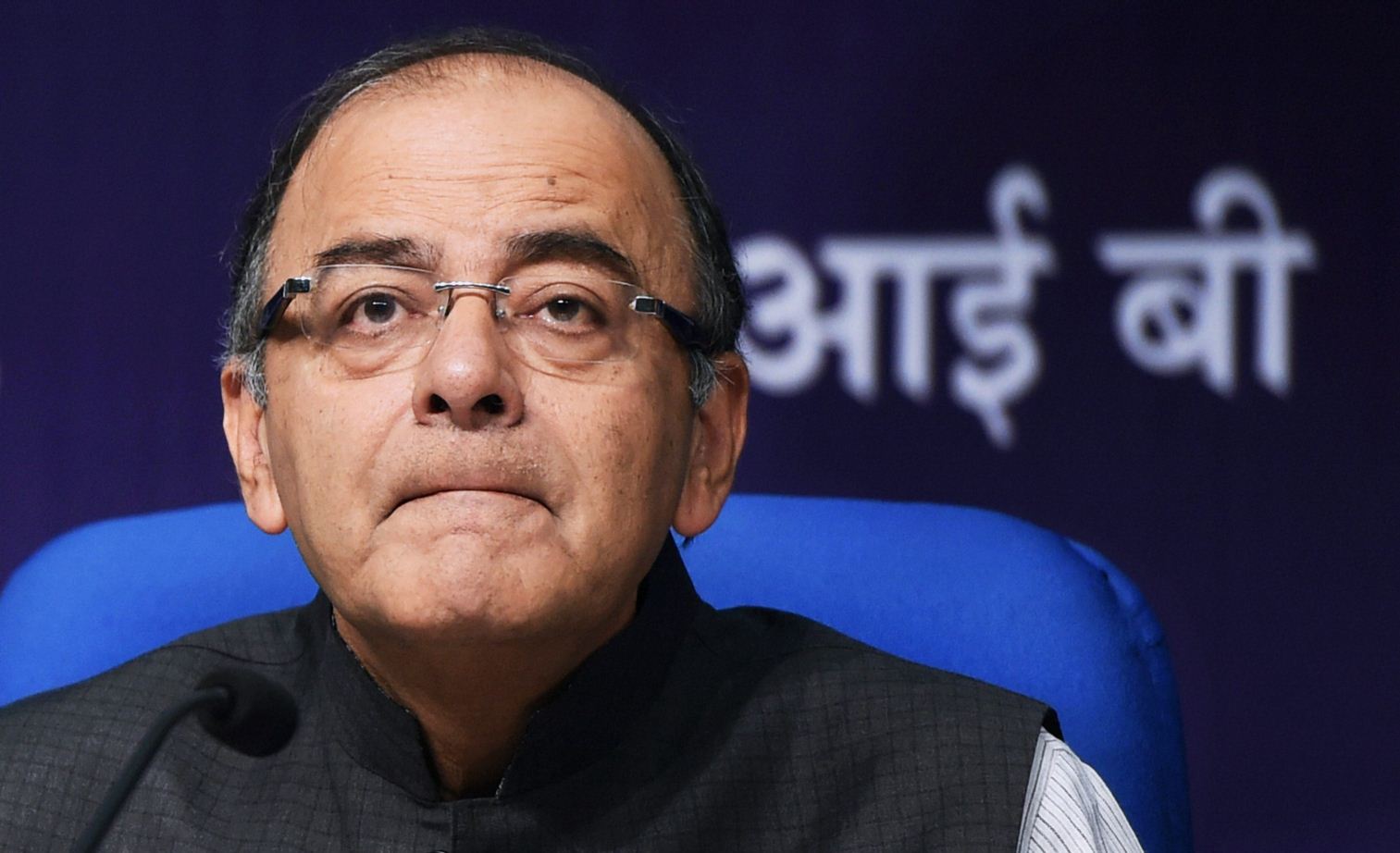There is a compelling idea that has come to be taken very seriously—that uniformity is a definite good that must be pursued: uniformity in laws, in institutions, in cultural values and even tax rates. One can see the reasoning behind such a view: a whole host of virtues supposedly accompany uniformity—predictability, fairness and stability.
Diversity or plurality, on the other hand, is laden with problems. Diversity makes matters messy, unpredictable and unstable.
But even if diversity or a plurality of laws or institutions presents its drawbacks, uniformity is not always the natural solution, even if it is the most intuitive one. Uniformity might not always be the good it is proclaimed to be. It is a competition between jurisdictions, institutions and systems of law that often leads to liberty and fair outcomes. I explored this idea in relation to personal laws and the Uniform Civil Code in a previous post.
A similar argument can be made for the GST bill.
GST and Tax Competition
A uniformity of tax rates will undermine tax competition. To undermine that competition has consequences—even if one acknowledges the benefits of GST, the resultant institutional arrangement will alter the rules of the game and would result in a greater centralisation of power. By centralisation of power I don’t merely mean that greater power will vest in the central government, but that decision-making itself will be concentrated in one place (the GST council) instead of being spread across 29 jurisdictions in the country.
Even all the major political parties are now on board, having only tiny quibbles. When nearly everyone finds themselves in agreement on an issue, even our otherwise bitterly-divided and vile political class, it ought to inspire at least some measure of scepticism.
Other things being equal, capital, labour, goods and services will flow to places where the environment is more conducive to business and enterprise—a prominent determinant of which is the tax regime under which businesses are supposed to operate. Low-tax jurisdictions attract capital. We observe this across countries internationally; capital flows to tax havens with low tax rates like Switzerland. We observe this too in states within countries The United States, for instance has a federal structure where states are considerably more sovereign that they are India, and it is observable that the states with lower taxes attract more capital.
This is recognised even by some of the proponents of GST. Some commentators have suggested that GST will have to be accompanied by tax harmonisation between the states to ‘prevent’ capital and economic activity from escaping to low-tax jurisdictions. Observe what such a view implies—that there is a pre-determined or an ‘ideal’ allocation of capital across states apart from the regulatory regime. But the allocation of capital is determined by, among other things, to a large degree precisely by the regulatory and the tax regime.
Just as water flows from uphill to downhill, so does capital flow from less hospitable to more hospitable regulatory regimes. Capital likes to be where it is treated well. That is why it flows to resource-scant Hong Kong instead of oil-rich Venezuela. In the absence of tax competition, other determinants will naturally play a larger role in the allocation of capital. But this by itself is no argument to do away with tax competition, which is a definite good and entails many benefits.
Undermining Fiscal Federalism
The Constitution gave the states the control over sales tax, which accounts for, on average, for 80% of their revenue. [1]State level taxes on commodities and services as a percentage of State GDP vary from 13% in Karnataka and 15% in Tamil Nadu, to 33% in West Bengal. The varying rates of taxes across states is one of the factors which decides how economically free a state is.[2]
Even if GST promises to simplify the tax regime and the workings of the economy, it could potentially lead to greater conflicts between states, and between the states and the centre. Furthermore, while the voting mechanism of the GST council gives a greater weightage to states in the voting process, it has been so fashioned that the Centre can effectively veto the decisions of the states.
While states do still enjoy considerable voting powers in the council, a particular state that still dissents with the view of the council will still have to go with its decision. Even if one acknowledges that GST council is a representative body that has strived to give the states their due—it still undermines their fiscal sovereignty, to the extent that states will no longer be able to unilaterally decide their own tax policies. With different states having different needs, and regional parties with different political ideologies being the force that they are in India, we could see far greater friction in the future. The diversity in India might just mean that the institutional arrangement and the decision-making process purported by the Bill will be untenable. It times to come, consensus-building and dispute-resolution between states may well prove to be a formidable task.
At least some of that friction is at display presently, as AIADMK remains steadfast in its resistance to the GST Bill. Being a manufacturer state, Tamil Nadu stand to lose greater from the GST bill than other states. While the economic gains of GST might be foreseeable and quantifiable, we can’t quite foresee the long-term political ramifications of the measure.
One Nation, One Tax?
Much has been said about the GST ushering in a ‘common’ or a ‘uniform’ market in India.
A common market entails a free-flow of goods and capital. Our present tax regime, and the time and effort exerted in complying with it, does indeed frustrate the free-flow of goods and capital. But is bringing in a uniform GST the only way to secure a uniform market?
Even the European Union, which had its origins in an ambitious enterprise to create a common market across different sovereign states, has differential tax-rates among its member states. Similarly, the United States too does not have a GST, but inter-state commerce and paying taxes is far easier there than it is in India. There must be ways by which we can simplify the tax regime and administration, along with reducing compliance costs, without bringing in standardised tax rates throughout the country.
We have already adopted for dual GST with Central GST (CGST) and State GST (SGST). One way to protect fiscal federalism and encourage tax competition might be to allow each state to fix its own SGST rate, instead of leaving this to the GST council. As Harsh Gupta remarks in this piece, “an integrated market—with no border delays and octroi—can be fully achieved with better use of information technology and better state-Centre coordination, and does not require a uniform tax rate in all the states.” The European Union is a case in point, which “achieved a single, efficient market while still having different value-added tax (VAT) rates for its member states using the VAT Information Exchange System.” India is already investing in the technological infrastructure that be required for the implementation of GST. It is quite conceivable that different SGSTs can easily be incorporated in this system.
Our tax regime is indeed complicated and in need of a major overhaul, but we needn’t settle for absolute uniformity to simplify the system. For while simplicity is a definite virtue, uniformity might not be.
References and further reading
[1] GST: Good for business, snag for federalism?
[2] Economic Freedom of the States of India (Data from Appendix IV)
[3] A Single Market is not a Free Market
Post Disclaimer
The opinions expressed in this essay are those of the authors. They do not purport to reflect the opinions or views of CCS.






